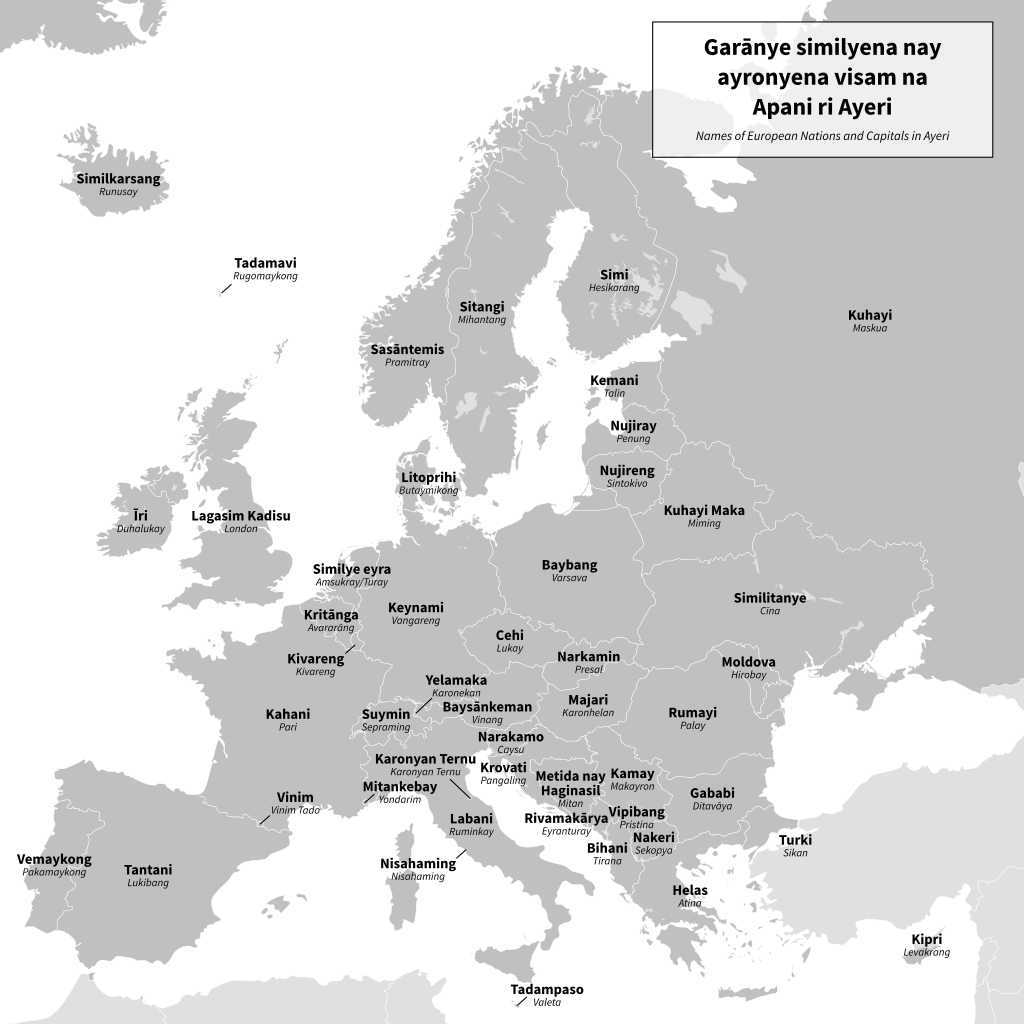Seit geraumer Zeit frage ich mich, ob ich vielleicht ab und zu hier im Blog auch auf Deutsch posten soll. Zwei Artikel habe ich ja bereits ins Deutsche übersetzt, jedoch habe ich es bisher immer vorgezogen, hier auf Englisch zu schreiben, der Internationalität halber. Meiner Erfahrung nach stellt Englisch für die meisten Deutsch sprechenden Sprachenbastler nicht wirklich ein großes Problem dar, was sich vermutlich auch in den zehn häufigsten Anfragen bei einer großen Suchmaschine im vergangenen Monat spiegelt, für die der Sprachbaukasten als Suchergebnis angezeigt wurde:
| Suchanfrage | Impressionen | Klicks | Durchschn. Pos. |
|---|---|---|---|
| vokaltrapez | 250 | <10 | 20 |
| elbisches alphabet | 250 | <10 | 45 |
| elbisch alphabet | 150 | <10 | 66 |
| anatomie mund | 70 | <10 | 20 |
| elbische schrift alphabet | 70 | <10 | 38 |
| zunge anatomie | 70 | <10 | 56 |
| sans titre | 60 | <10 | 14 |
| mund anatomie | 35 | <10 | 9,6 |
| klingonisches alphabet | 35 | <10 | 44 |
| koreanisches alphabet | 35 | <10 | 160 |
Natürlich würde ich zu jedem deutschsprachigen Blogartikel jeweils eine englische Übersetzung zusätzlich anfertigen. Die Suchanfragen oben zeigen jedoch, dass beispielsweise “Sprachen erfinden” oder ähnliche Begriffe gar nicht gesucht wurden und selbst die Ergebnisse derjenigen eingegebenen Suchbegriffe, für die eine Seite des Sprachbaukastens zurückgeliefert wurde, weniger als zehnmal angeklickt wurden. Bedarf an einer deutschsprachigen Einleitung zum Sprachen erfinden besteht also wohl nicht. Sich doppelte Arbeit mit Übersetzungen zu machen, wäre demnach nicht nötig. — Die Kommentarfunktion für diesen Aritkel ist im Moment freigegeben.
For the English version of this article, see the next page:
